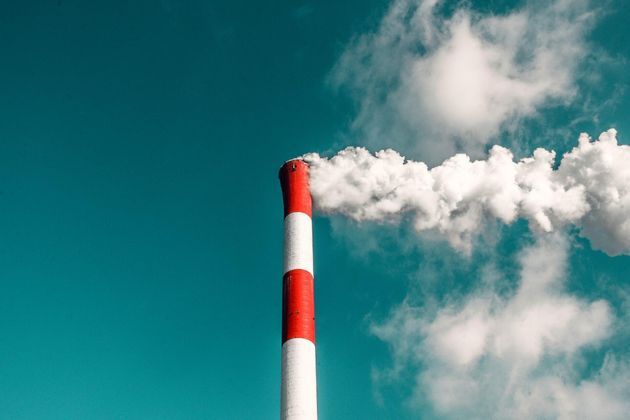Intro
Companies are driven by money, so you'd correct in thinking that putting a price on carbon emissions should encourage businesses to stop polluting, right? That's exactly what carbon markets were designed to do. Reduce emissions by charging polluters but so far they haven't achieved that aim.
Birth of carbon markets
Towards the end of the 1980's America had a problem. For years its power stations had been emitting large amounts of sulphur dioxide - which falls back to earth as acid rain; causing harm to plants, aquatic animals and infrastructure. But there were no incentives for the power plants to stop emitting sulphur dioxide. So in 1990 the American Government launched an experiment, passing a law to force polluters to pay for their emissions by establishing a new kind of market governed by a system called "cap-and-trade". Eight years later, acid-rain levels over large regions in Eastern America had fallen by 20%. And a new way of cutting emissions was born.
How a carbon market works
In 1997 the international climate-change treaty known as the Kyoto protocol suggested applying the concept of cap-and-trade to carbon. In the years that followed different countries and regions set up their own carbon markets. Many of these used cap-and-trade and this is how it works.
A government sets a cap on the amount of CO2 that can be emitted by an industry, it splits the cap into permits and either gives or sells these permits to firms. If a company doesn't use up all of its allowance it can sell what it doesn't need. If it needs more permits, it can buy them from those with spares. Each year the cap gets stricter and the shrinking pool of permits gets more expensive.
Market failure
While regulation can introduce a new industry standard, it doesn't give firms an incentive to cut emissions below a certain level. But a carbon market creates a race in which companies are motivated to cut emissions as fast as they can. The more they cut emissions, the fewer permits they have to buy and the more excess that have to sell. So in theory in a cap-and-trade market carbon dioxide emissions should fall but in reality they've continued to rise because incentives only work if they're big enough.
According to the economists Joseph Stiglitz and Nicholas Stern, in order to meet the Paris Agreement goal of limiting global warming to 2 degrees above pre-industrial levels the price of carbon worldwide needs to be between $50 and $100 per tonne by 2030.
However the majority of carbon prices still remain far below that figure. What's more, even if carbon is priced appropriately the fines for exceeding permitted levels are sometimes ineffectively low. In the EU a fine can be as low as €100 per excess tonne. Considering that's not that much more than the price of a permit it's hardly a deterrent. And that's if firms even get caught.
Carbon leakage
Carbon markets are regulations are very challenging. There are measurement problems, direct emissions versus indirect emissions. Regulations enforcement and punishments are lax in some markets. In regions where the markets adopt effective deterrents, the ones next door may not.
So for a company based in multiple regions, divisions of that company making the same product in the same way could face a patchwork of regulations that differ. Worse than that you have leakage among these markets as well.
The direct result of this patchwork of systems is known as "carbon leakage". A business or an industry relocates from an area with high environmental regulations to somewhere where the rules are more relaxed. Which means it can avoid having to pay its carbon emissions. But these problems have solutions.
Solutions
If Governments limited the number of permits, it would drive their price up. Setting a minimum price that rises over time would mean the price would never fall too low and Governments could enforce more stringent deterrents for potential rule-breakers.
Another solution is to have more integrated carbon markets. But as that's unlikely to happen in the short term, one solution to help prevent carbon leakage is a border tax.
The EU has recently proposed to tax the carbon emitted in goods produced outside its carbon market. Importers will have to pay the same amount as if the goods have been made in the EU. Meaning it wouldn't be any cheaper to source goods from a region with less regulation.
As climate change has moved up the political agenda, Governments are starting to improve how their carbon markets work. Since 2019, the EU has been taking steps to reduce the number of permits it hands out. Partly as a result, carbon prices in the EU are now hitting record highs of over €60 per tonne. Carbon prices in other markets are also rising as regulators look at ways to make them more effective.
If prices stay high enough helped by commitments from Governments and regulators then greener industrial processes would become more attractive. And carbon markets could start to achieve their original goal of helping to decarbonise the world.
Credit: The Economist
